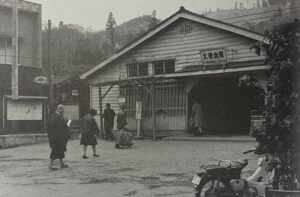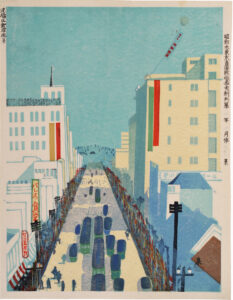Once, not that very long ago,…
…there was a poet who loved to build by placing stone upon stone, first to build a home for his family, and then a tower for his wife. And there was an artist who had expressed his art through architecture, who also loved to write poetry, and who near the end of his career would guide the building of a house set above the raging waters of the Pacific Ocean, watching and directing as stone by stone his final artistic masterpiece was created.
In the second decade of the previous century, separately, each of these two artisans, each dealing with personal chaos within their lives, and further, in the midst of the larger, society-altering conflagration of the Great War, would leave their Southern Californian homes to find refuge in a small, remote, artistic, Northern California village, a place called Carmel-by-the-sea.
The Artist and the Poet
My current book-length work-in-progress is writing about this artistic architect, Charles Sumner Greene, who arrived with his wife and five children to the seaside village in 1916. He came there thinking this to be merely a stopping-over place on his way further north, potentially to Berkeley, or perhaps San Francisco. He was leaving behind the very successful architectural practice he had shared with his brother, Henry Mather Greene, for the past twenty-two years.
And interwoven with his story I am writing about the poet, Robinson Jeffers, who arrived to the seaside village two years earlier than Greene, coming with his recently-wed wife, Una. They had not planned to be there; their goal had been the village of Lyme Regis on the southern coast of England, but then the fighting had engulfed Europe. So it was to this remote village with its white sand beach and crashing waves he came to discover his poetic voice.
The Village
In the end, both the artist and the poet would remain in the village for the remainder of their lives. The homes they built there, and the tower by the poet, plus a studio by the artist, became gathering places that drew in musicians, political activists, actors, philosophers, artists, and yes, poets, people such as Langston Hughes, Krishnamurti, George Stirling,Jimmy Cagney, Aldous Huxley, George Gershwin, Carl Sandburg, and Charlie Chaplin.
Looking back now at the work of these two men, the intertwining of their lives and creativity, one writing poetry and building, the other building dreams and writing poetry, I want to raise the question of how little is the division between great poetry, and great architecture, if indeed, there is any separation between them at all.
Stay in touch for updates on the progress of the book!



